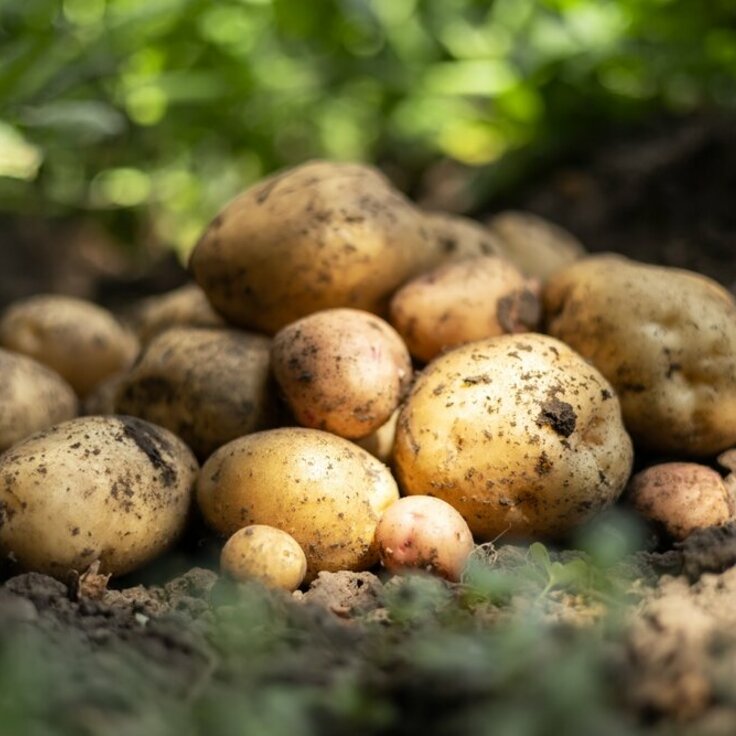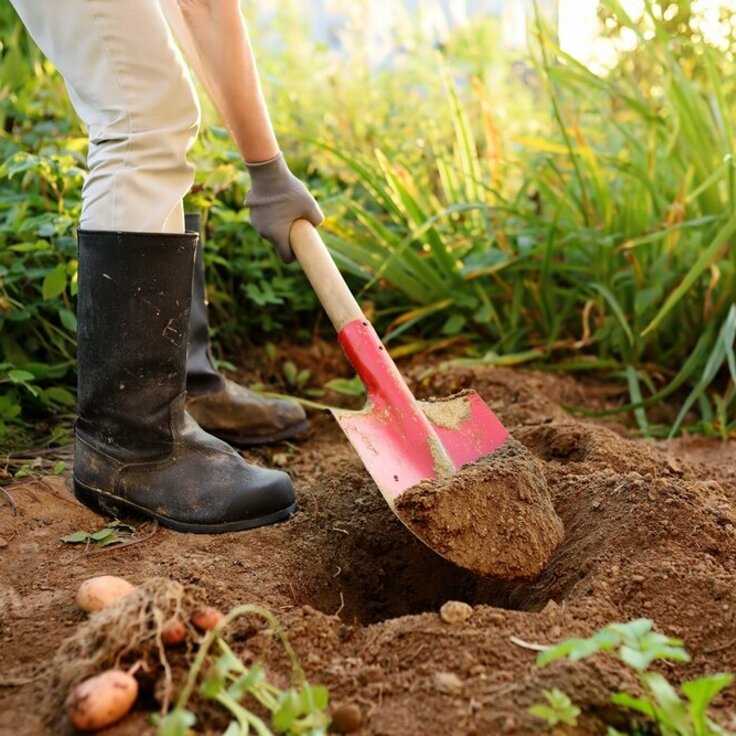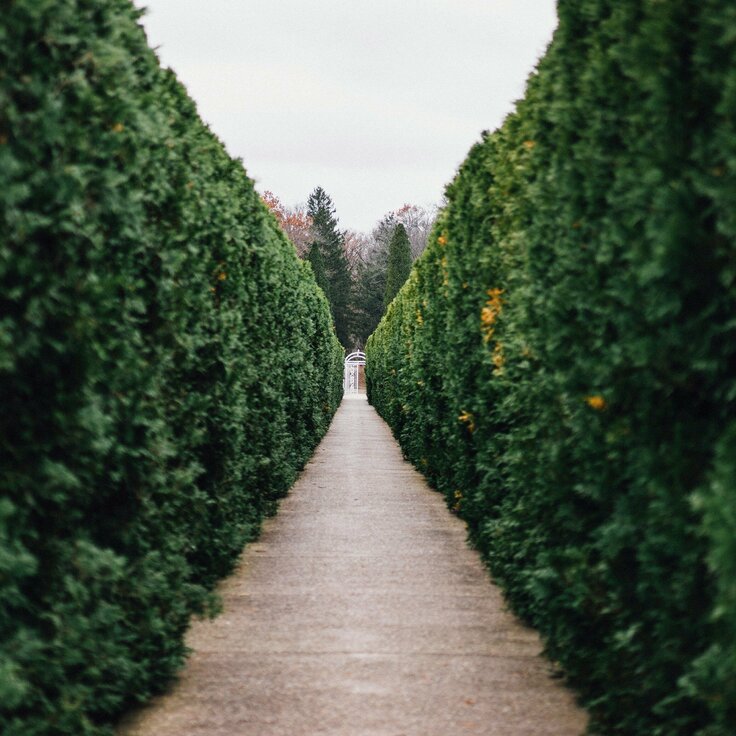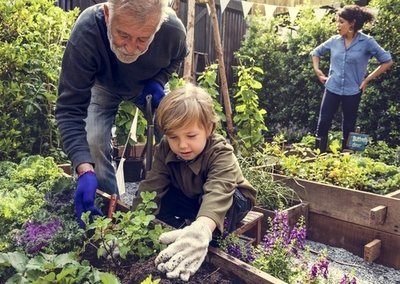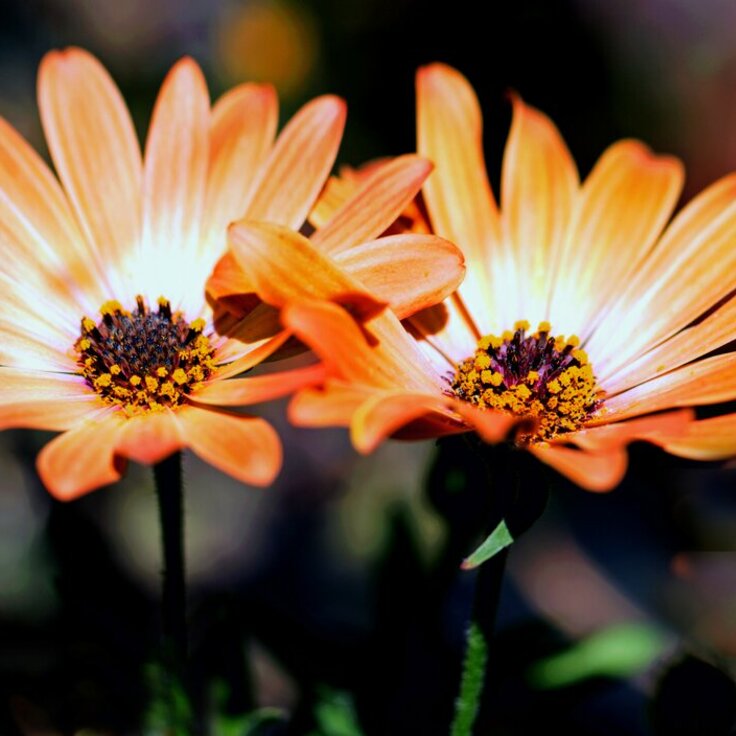4 Common Tree Planting Mistakes By Homeowners
Trees are essential for your home’s well-being. If your property doesn't have a good number of trees, you're likely to find rainwater flowing across your home after a storm, resulting in flooding. Trees can help increase your home's privacy while controlling wind speed around your home, reducing the risk of wind-related damage.
Placing trees correctly around your property can lower your air conditioning needs by 30% while saving between 20% and 50% in heating costs. They also beautify your home while boosting curb appeal. To enjoy the benefits of trees in your yard, you must learn and avoid the common planting errors most property owners make. Below are four common tree-planting mistakes by homeowners.
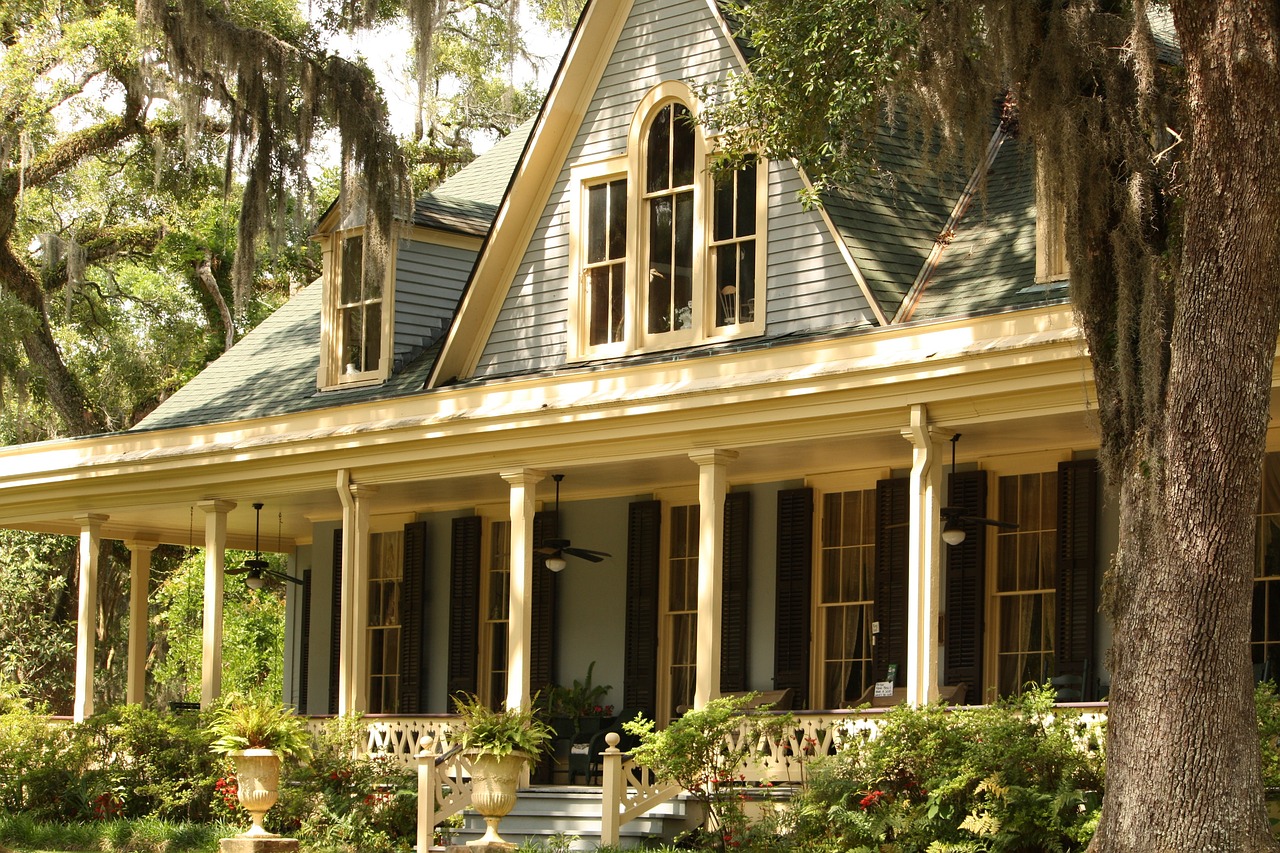
-
Choosing the wrong trees
Planting the right tree in the correct location is key to creating a welcoming outdoor living space and adding a valuable shade or frame view to your yard. When selecting the trees you’d like to plant in your compound, consider the planting area’s size to determine whether to pick small or large trees. Align the growing conditions, including soil type and natural moisture amounts.
Factor in the light your preferred planting site gets and the hardiness zone. Consider why you want the trees in your landscape- is it for shade, privacy, to block wind, more colour, or something else? Don’t forget your region’s climate. Read this post to learn how to pick the right trees for your home.
-
Poor planting site selection
To ensure your planting site is ideal for your trees' successful growth, check the following:
-
Soil content: Based on how big your planting area is, you could have various soil types on your landscape. As such, getting soil samples of the place to get them tested can help you understand the soil’s content
-
Soil depth: If you have multiple planting sites, go for those with deep soil. If the soil isn’t as deep, planting the trees in large spreading mounds would be best
-
PH level: Different tree species thrive in varying PH levels. So, do soil testing to verify your soil type
-
Drainage pattern: If the planting site is low, consider raising or rectifying the drainage. If none of these can work, opt for moisture-tolerant tree species
-
Planting too deep
While the effects of planting trees too deep don’t manifest immediately, they can lead to long-term issues. Deep planting leads to bark decay at the base, eventually killing the plant. Since the tree's death might take several seasons, you might not associate it with how you planted it. Here are signs of a deeply planted tree:
-
While new growth might develop every spring, summer stress kills it off
-
Bark deep cracking and cankers
-
The trees aren’t as vigorous and seem like they’re struggling to grow
-
Invisible root flare
-
If the tree survives until fall, it won’t make it through winter due to the insufficient food reserve storage resulting from the damaged bark
-
Planting trees too close to the house
Planting trees too close to your house is risky. If planted too close to the septic or sewer line, tree roots might cause clogs. When trees are too close to your home, heavy monsoon winds and winter storms can lead to the branches hanging over your house falling and damaging the roof. Tree roots can also compromise your property's structural integrity. When planting trees, avoid planting them too close to the house to prevent these concerns.
Planting trees correctly, especially with no experience, can be challenging. However, avoiding these tree-planting mistakes can help.



